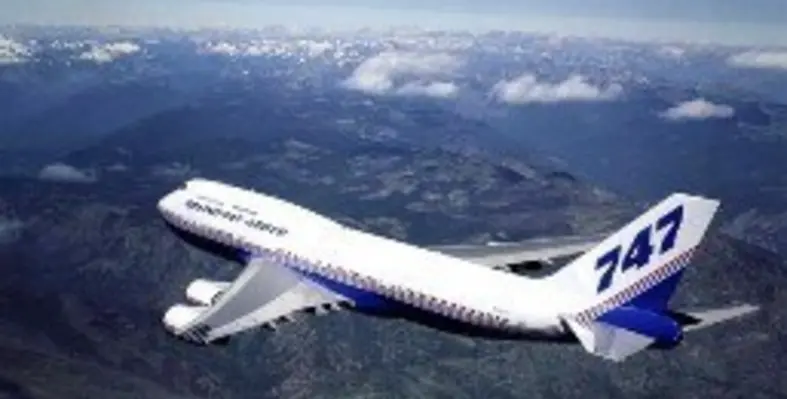Boeing has estimated that airline operators in the Middle East will require 2,610 new aircraft worth about US$550bn over the next 20 years
The airplane maker said one-third of this demand will be for replacing the existing fleet, while 66 per cent of the demand will cater to the expansion plans of airline operators in the region.
According to the Boeing Current Market Outlook (CMO), long-range, twin-aisle airplanes such as the Boeing 777 and 787 Dreamliner will continue to witness good demand in the region.
?More than 50 per cent of the demand for new planes in the Middle East over the next 20 years, will be for the twin-aisle aircraft. The twin-aisle aircraft may occupy a 24 per cent market share in the global market,? Boeing forecasted.
About 47 per cent of the new aircraft to be delivered in the Middle East by 2032 are expected to be single-aisle airplanes, such as the Boeing 737. Large airplanes such as the Boeing 747 are expected to account for 10 per cent of the demand.
?One per cent of the regional demand for new aircraft will be for private jets,? the plane maker added.
Earlier this year, Air Arabia announced that it expects to order new aircraft to be delivered after 2016. The operator said it was considering plane makers Boeing and Bombardier for the order. Similarly, Qatar Airways is also expected to place an order for new aircraft at the upcoming Dubai Airshow, according to company sources.
Boeing Commercial Airplanes vice president of marketing, Randy Tinseth said, ?Boeing is well positioned to cater to the demands of the Middle East. Air traffic growth in the region continues to outpace the rest of the world. Over the last decade, we've seen a rise in low-cost carriers that have benefitted from a large youth population, migrant workforce and trends toward market liberalisation.?
In the long-term, the plane maker expects global demand for new aircraft to touch US$4.8 trillion.
READ MORE...







